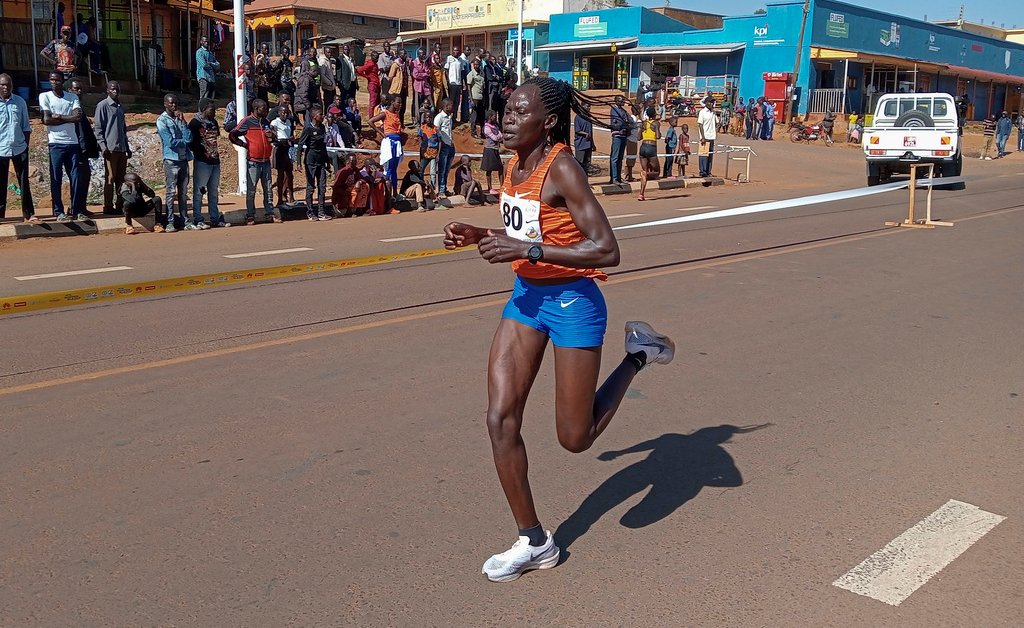
For a work of literary nonfiction to thrill readers the way Lisa Taddeo’s 2019 best-seller Three Women has done, it must offer more than just rich subject matter. There has to be chemistry between the author and the story; readers have to feel her intimate understanding of its characters and sense the unique perspective she brings to their predicaments. Fittingly, given that Three Women is a triptych portrait of female desire in 21st century America, there’s an element of seduction. Taddeo closes the deal by closing the space that separates herself from the women whose sex lives she chronicles. Their minds, hearts, and libidos speak so loudly, you might forget she’s even there.
[time-brightcove not-tgx=”true”]That such a feverish read was adapted into a steamy yet sad premium-cable drama is no surprise. Yet the 10-episode series, created by Taddeo for Showtime then shelved and picked up by Starz, breaks the book’s sweaty spell. Like the text spun through a centrifuge, this version of Three Women, premiering Sept. 13, pairs retellings of the subjects’ stories with the tale of a fourth woman: the Taddeo-esque journalist (Shailene Woodley’s Gia) traveling the country to collect characters. Despite bold performances and sensitive directing that centers women’s subjective experiences of sex and their bodies, the show’s disjointed structure and flimsy frame narrative suggest that the book might not have been so ripe for TV after all.

Taddeo sets the scene with an encounter between Gia and Gay Talese (James Naughton), a real-life titan of literary journalism whose 1981 tome on sex in the ’70s, Thy Neighbor’s Wife, Gia seeks to update—and a figure whose cultural significance and macho reputation will probably be lost on most viewers under 60. “You’re gonna go out there and f-ck married men,” Talese, whose role as a mentor of ambiguous utility was central to the book’s promotional lore, proclaims. But she doesn’t, in part because she realizes early on that, when it comes to sex, love, and specifically desire, women are more interesting.
The premiere introduces all three subjects. Lina, played with fire and desperation by Betty Gilpin, is an Indiana housewife and mom whose husband (Sean Meehan) won’t kiss her. Starved for passion, she reconnects with a high school boyfriend who has loomed large in her fantasies. Sloane (a radiant DeWanda Wise), the belle of every Martha’s Vineyard ball, satisfies her unruly lust by letting her husband (Blair Underwood) pick men and sometimes women for her to sleep with while he watches. But then she becomes infatuated with a guy (Blair Redford) she doesn’t want to share. And Maggie (Gabrielle Creevy) is a 23-year-old waitress in North Dakota whose life was upended by an affair, years earlier, with her high school English teacher (Jason Ralph). When he’s named the state’s teacher of the year, Maggie finally files charges.

“What they all had,” Gia tells us, in glibly inspirational voice-over narration that belies Taddeo’s capacity for nuance, “was the audacity to believe that they deserved more.” But a scattered format that devotes some full episodes to single characters and, in others, blends vignettes about two or more only highlights how loosely the women fit together. Buoyed by Gilpin’s almost feral vulnerability, only Lina embodies the intensity of a regular woman unmoored by repressed desire. Based on a trial that didn’t end well for the accuser (and paired with a wordy on-screen disclaimer to that effect), Maggie’s story suffers from its similarity to so many previous stories of teacher-student boundary-crossing on TV. A New England WASP recast as a wealthy Black woman, presumably to diversify an otherwise white series, with only attention paid to the implications of that identity shift, Sloane’s arc feels conspicuously lightweight.
Most incongruous is the Gia storyline. The new character forces viewers to make sense of a convoluted, ultimately inessential timeline of the reporting process; her point of entry into Lina’s life is especially confusing. And instead of offering much insight into what might motivate a journalist to stake her career on a cross-country quest to illuminate women’s sexuality, Three Women gives Gia an inexplicably devoted love interest (John Patrick Amedori) and embroils them in a progressively farther-fetched conflict between his commitment and her avoidance.

It’s not hard to understand why Taddeo felt compelled to tweak the structure for TV or to add a semi-autobiographical character who could shed light on a remarkable feat of reportage. But in decoupling her voice from those of her subjects, the series severs the mind-meld connection that made Three Women electrifying.

























